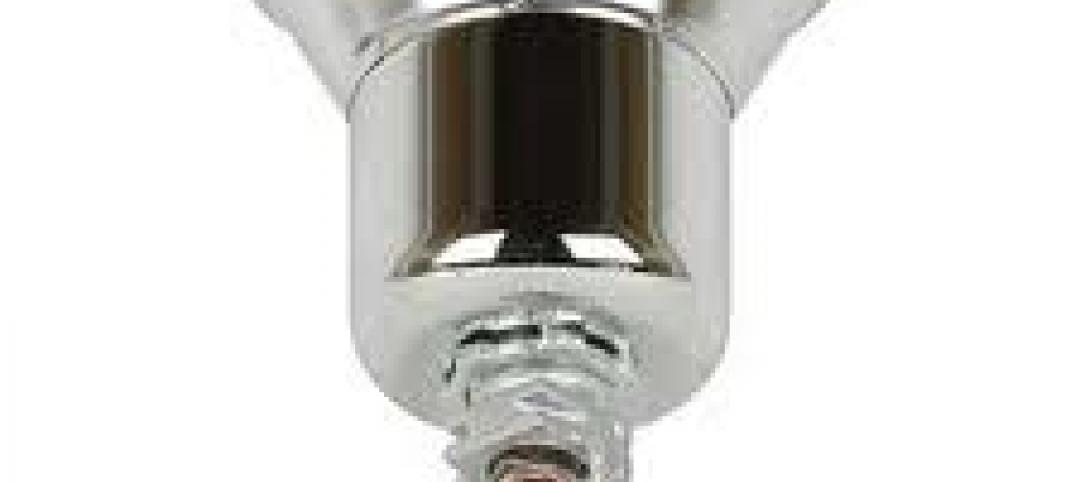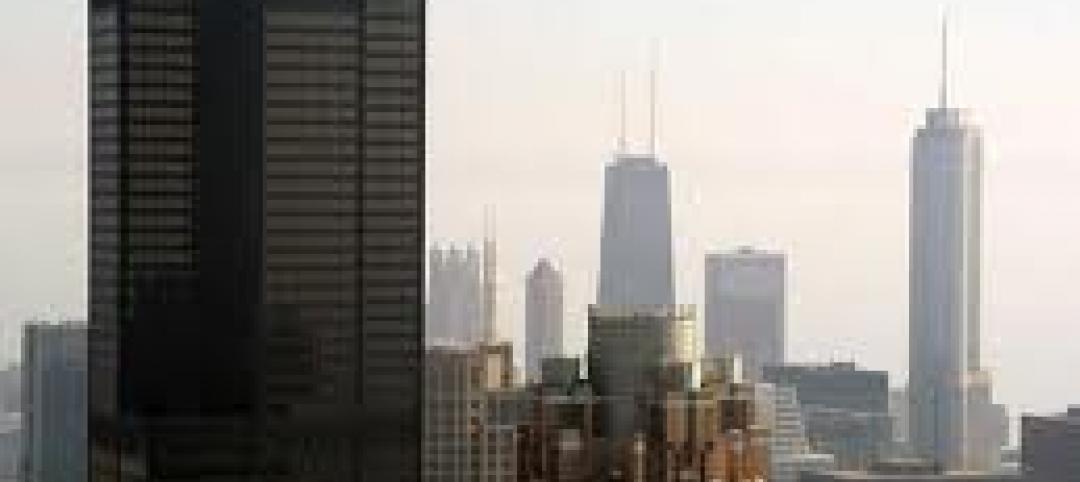Designers and restaurateurs are brainstorming design fixes to make restaurants safer amid the COVID-19 pandemic.
For example, MASS Design Group, an architecture and design collective that has worked with Partners in Health to create safe, sanitary spaces during infectious disease outbreaks around the world, released Spatial Strategies for Restaurants in Response to COVID-19. This white paper advises several measures such as establishing a clearly defined exchange zone for transition of food, supplies, and people to and from the front of the eatery to the back where the kitchen is located.
It also says that the six-foot social distancing rule isn’t practical inside of most restaurants because it would mean reducing capacity by half or more. Instead, when possible, dining space should be expanded outside into public spaces such as sidewalks, streets, and plazas.
In addition, restaurants should post visible documentation of new protocols including PPE, temperature tests, publicly accessible hand washing stations, ordering and processing, and social distancing to boost public confidence. Highly legible signage that directs and manages the flow of people, including floor and wall markings, would enhance appropriate physical distancing.
Related Stories
| Mar 15, 2012
New Florida building code establishes flood and storm surge provisions
The new 2010 code establishes minimum design and construction requirements to protect buildings from wind, rain, floods, and storm surges.
| Mar 15, 2012
Illinois city rejects international code due to home sprinkler requirement
Macomb, Illinois aldermen voted to recommend that the city not adopt 2012 international building and residential code standards requiring the installation of overhead sprinkler systems in newly constructed one-family and two-family homes.
| Mar 15, 2012
Tenant advocates propose licensing landlords in New York City
With thousands of New York City rental units posing potential dangers to tenants, city advocates are proposing measures to make landlords improve building safety.
| Mar 15, 2012
Construction industry a big winner in federal small disadvantaged business procurement
Last year, only 5% of federal contract dollars went to small disadvantaged businesses. Construction and facilities support firms were the biggest beneficiaries.
| Mar 15, 2012
ANSI approves new fall protection standards
The American National Standards Institute (ANSI) has approved two American Society of Safety Engineers' (ASSE) standards addressing fall protection.
| Mar 8, 2012
Engineering innovation provides new option for meeting seismic codes in skyscrapers
Two University of Toronto engineers have developed “viscoelastic-energy-dissipating dampers” to replace many of the heavy concrete beams used in tall structures.
| Mar 8, 2012
CSI webinar on building code compliance March 22
A March 22 webinar will provide an overview of a 28-step process during the design of a building to ensure compliance with building codes.
| Mar 8, 2012
Federal silica dust rule caught in bureaucratic limbo
A federal rule meant to protect the lungs of workers has been caught in bureaucratic purgatory for more than a year.















